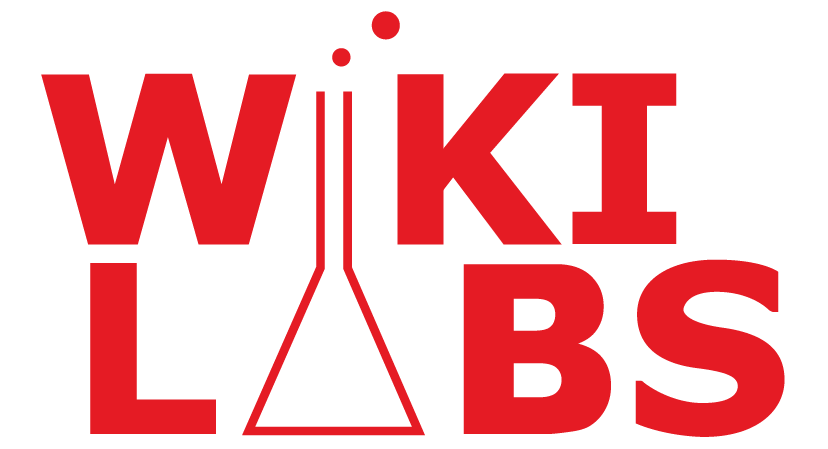
The Foundation for Consistent and Secure IT Deployments

Standard Operating Environment (SOE)
Enterprises today juggle diverse hardware, varied operating systems and ever-changing software stacks. Without a well-defined Standard Operating Environment (SOE), this complexity leads to configuration drift, unpredictable outages and wasted time troubleshooting mismatches.

Pain Points:
Configuration drift: Servers and endpoints gradually deviate from intended settings, introducing security vulnerabilities and performance inconsistencies.
Slow provisioning: Building a new system from scratch often takes days or weeks, delaying project timelines and increasing manual errors.
Security gaps: Inconsistent patch levels and ad‑hoc software installs leave blind spots that attackers can exploit.
💡 Want to eliminate these pain points across your infrastructure? Talk to Wiki Labs about implementing a secure and consistent SOE.
Supporting Data:
A recent industry survey found that 72% of outages in large enterprises stem from misconfiguration rather than hardware failure.
Organisations enforcing strict configuration baselines saw a 50% reduction in incident response times and a 30% increase in deployment speed.

Real-Case Example:
Bank XX, a regional financial institution, struggled with monthly audit failures due to patch inconsistencies across 3,000 endpoints. By defining a golden image and automating OS and application updates through their SOE, Bank XX reduced audit discrepancies by 95% and cut system build times from three days to under four hours.
✅ Curious how your team can achieve results like this? Let’s discuss your SOE goals.

Key Benefits of a Robust SOE:
Consistency at Scale: Every new server or workstation begins from the same hardened baseline, eliminating environmental discrepancies.
Faster Onboarding: Automated provisioning scripts pull from a central SOE catalogue—developers and new employees get productive in hours, not days.
Improved Security Posture: Regular, automated patching and controlled software catalogs minimise the attack surface.
Simplified Compliance: Auditors can verify a single source of truth for configurations rather than inspecting disparate systems.
Implementation Steps:
Initial Assessment (Define the Golden Image): Collaborate with security and operations teams to specify OS settings, approved applications and security policies.
Design & Automation (Infrastructure-as-Code): Use infrastructure-as-code tools to codify the golden image and deployment workflows.
Validation (Version Control & Testing): Maintain SOE definitions in Git; test changes in staging environments before rolling out to production.
Governance (Continuous Monitoring): Integrate drift detection tools to alert when configurations deviate, and trigger automated remediation.

Next Steps:
Ready to transform your infrastructure? Contact Wiki Labs to architect and deploy a customized SOE that accelerates provisioning, enforces security, and delivers predictable performance at scale.
References:
Gartner. "Outage Root Cause Analysis: Configuration Drift vs. Hardware Failure." 2024.
Enterprise Strategy Group. "The Impact of Configuration Baselines on Incident Response and Deployment Speed." ESG Brief, Q1 2025.
Case Study: Bank XX. Internal audit and system provisioning metrics, Wiki Labs Sdn Bhd, 2024.
Infrastructure Automation Alliance. "IaC Adoption and Operational Efficiency Report." 2023.
Wiki Labs Sdn Bhd. "Standard Operating Environment Deep-Dive." Internal PDF, 2024.
